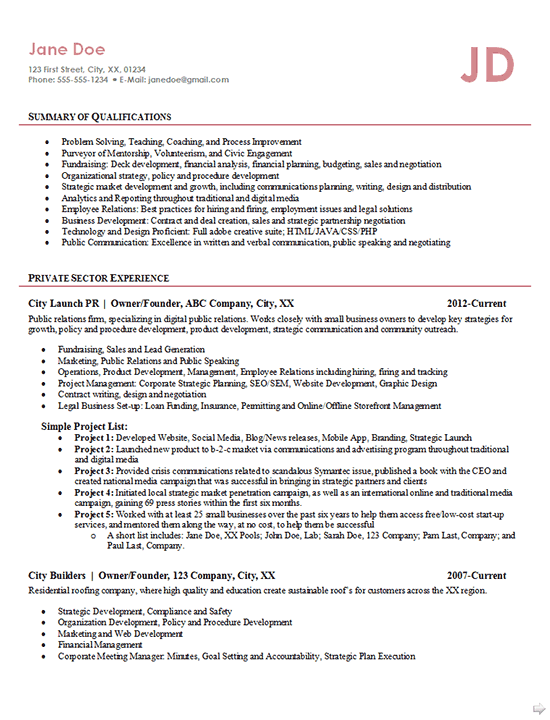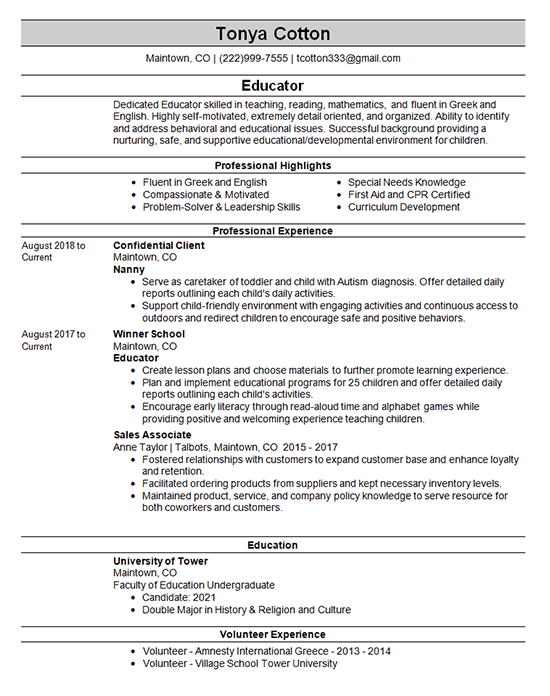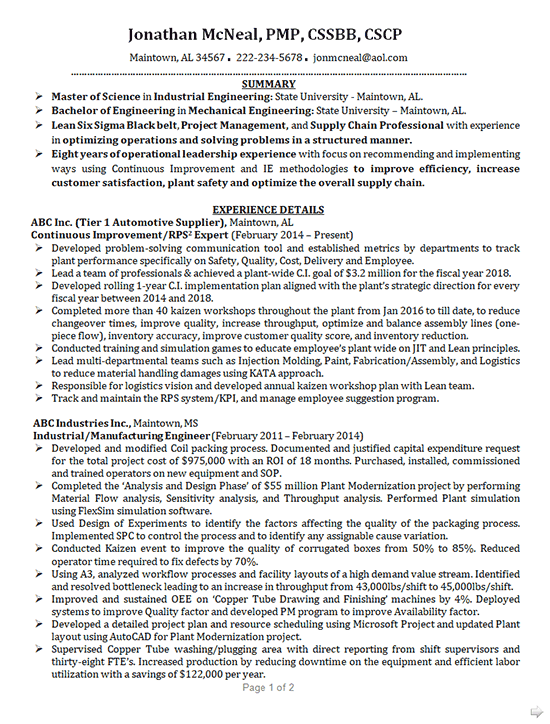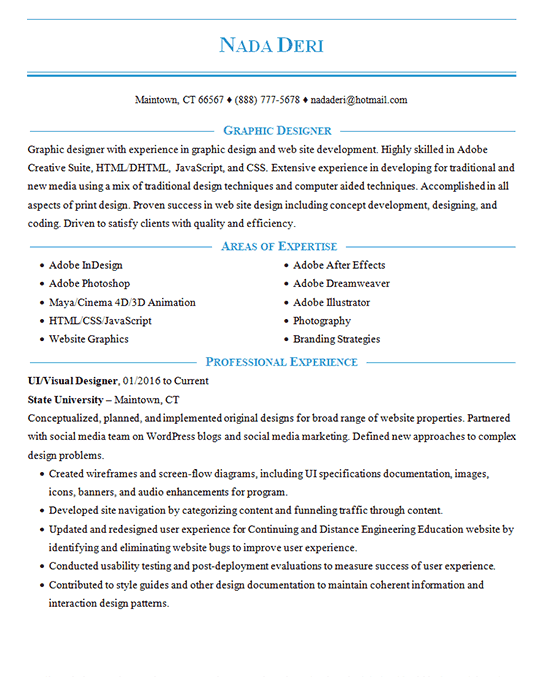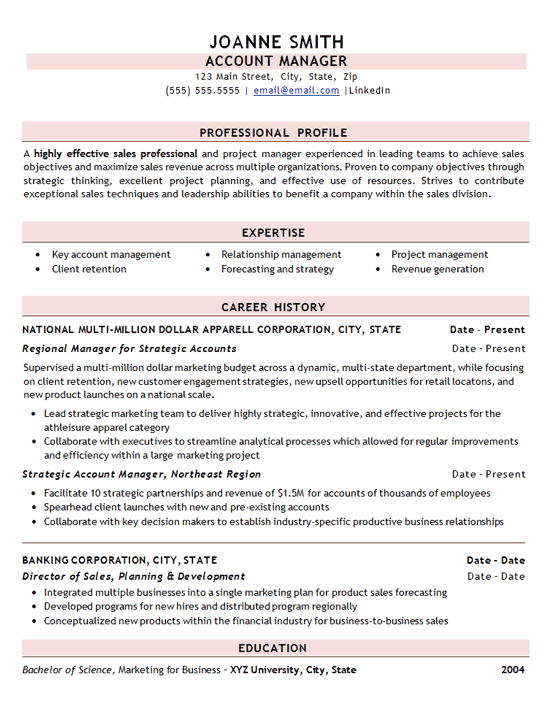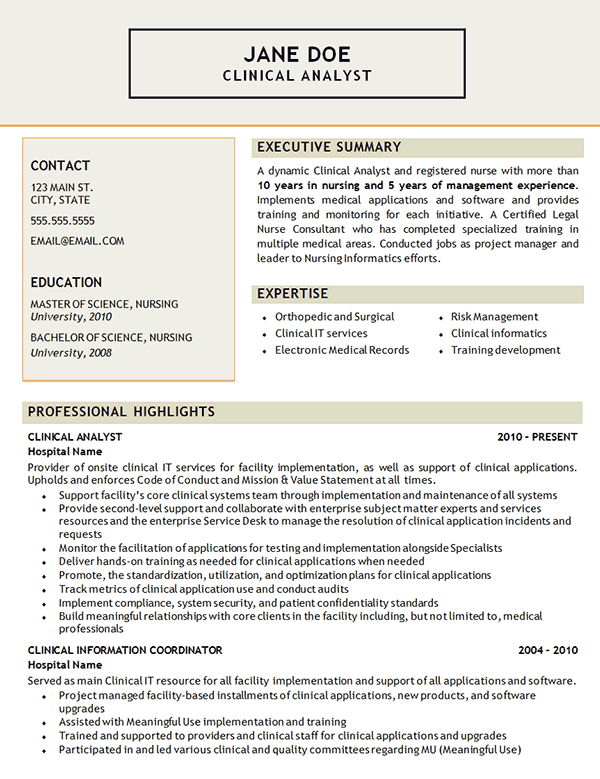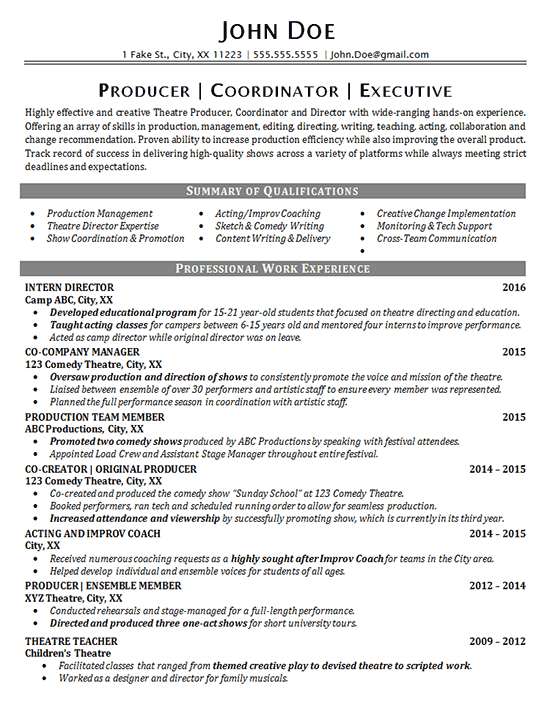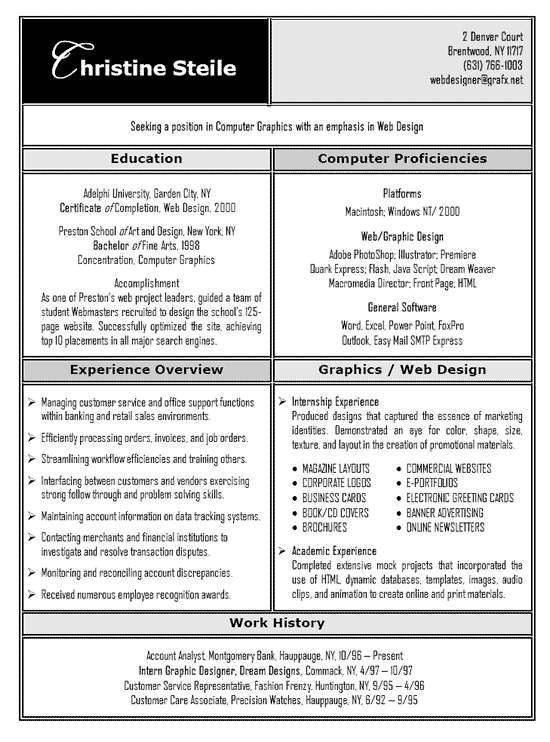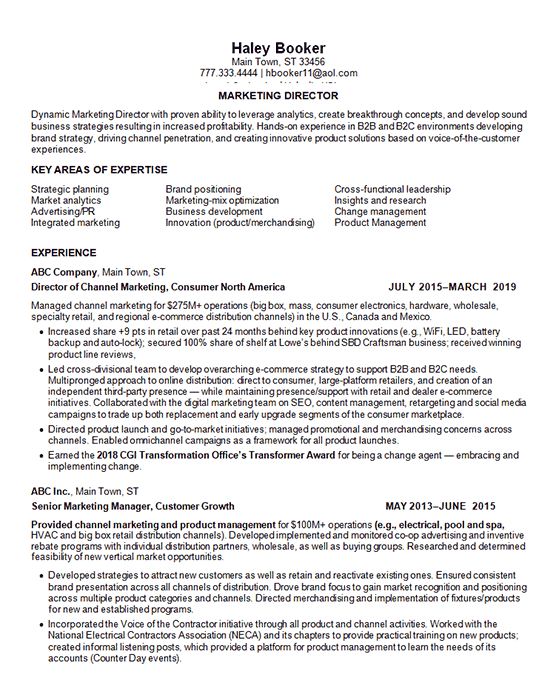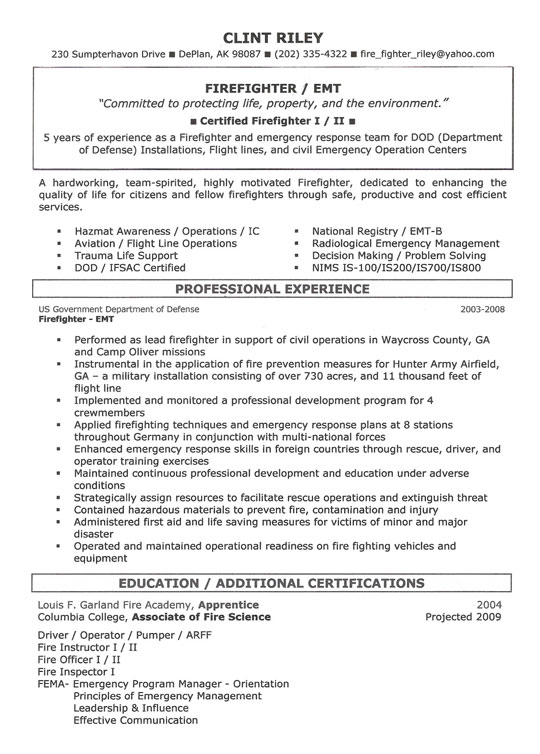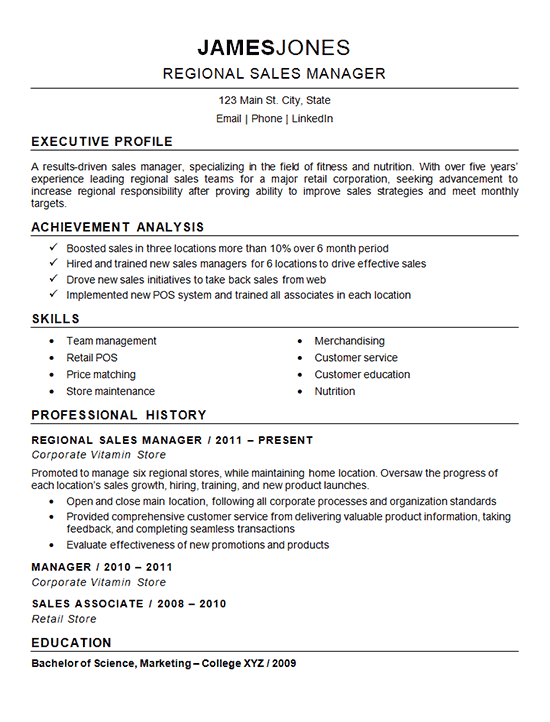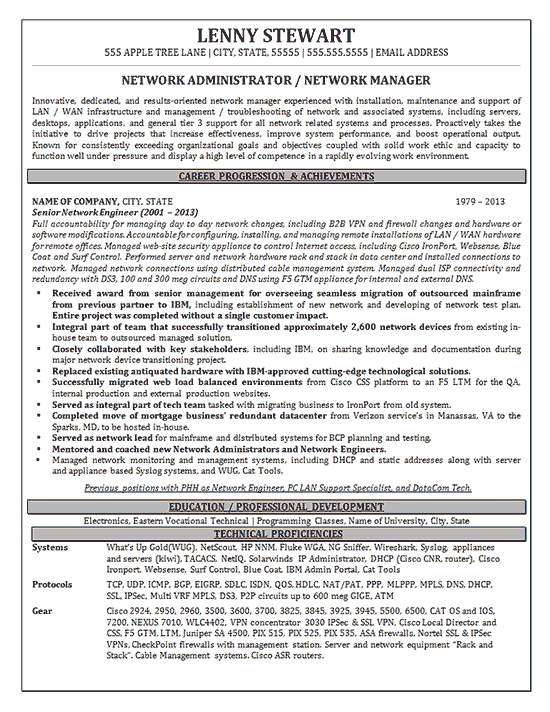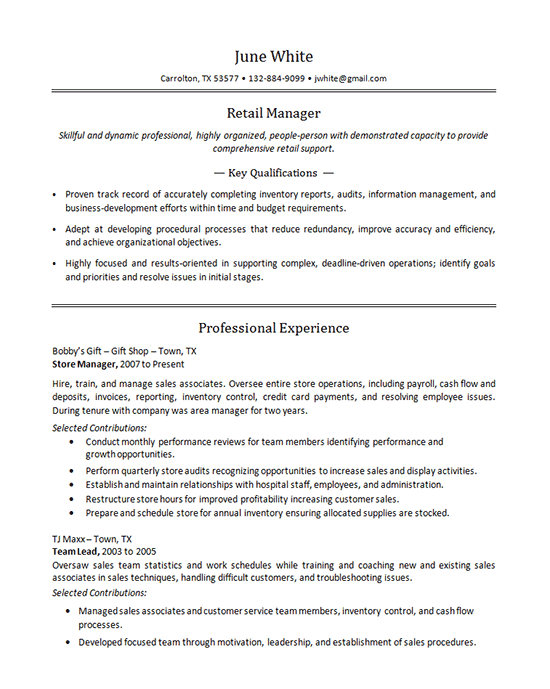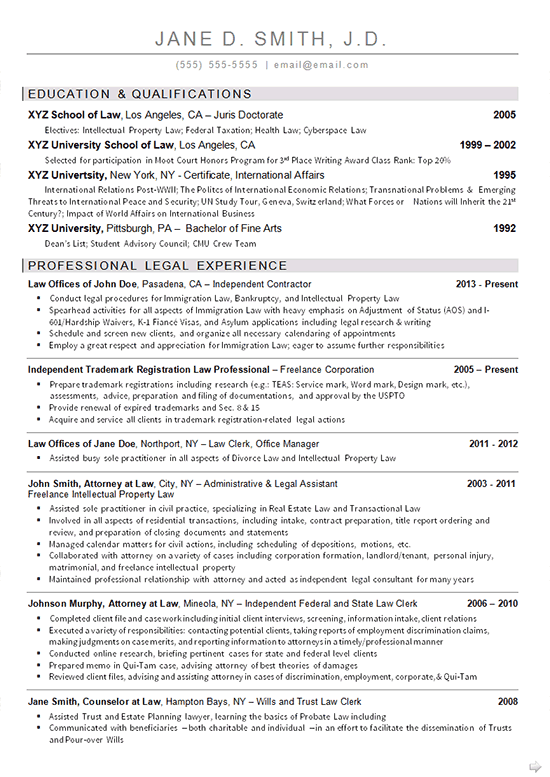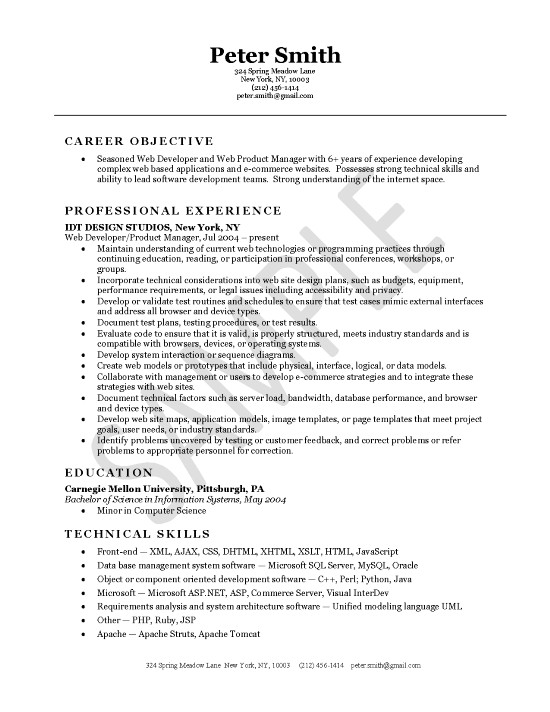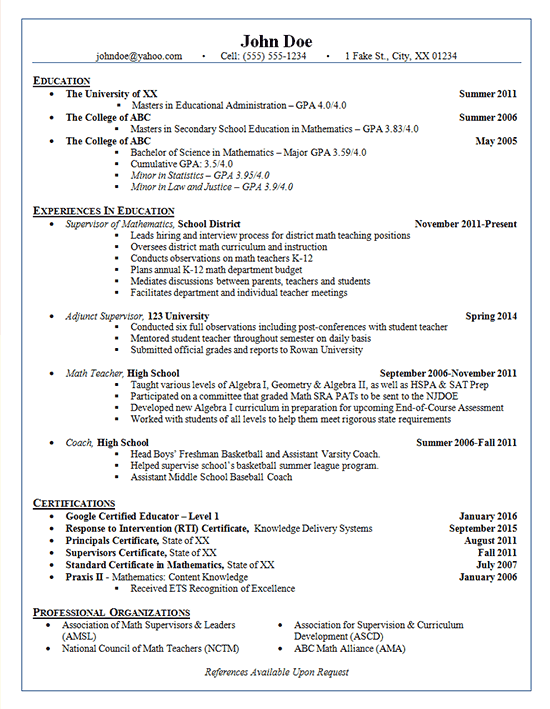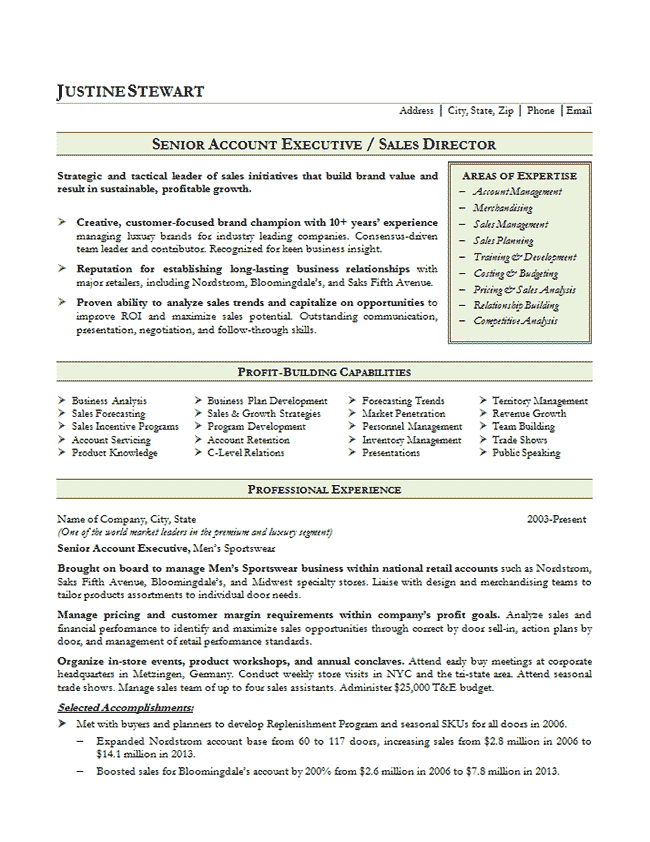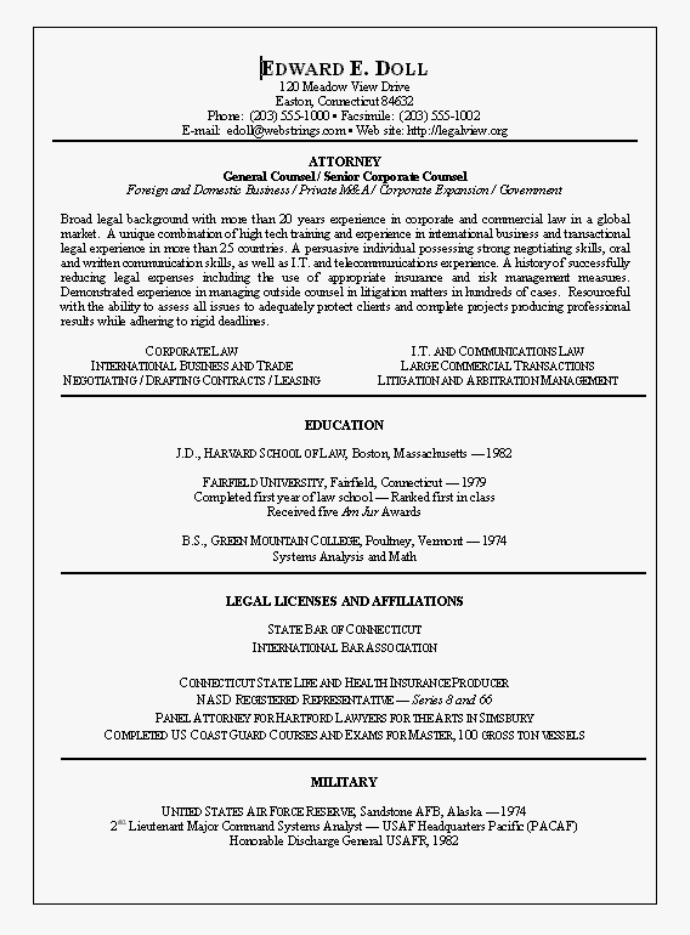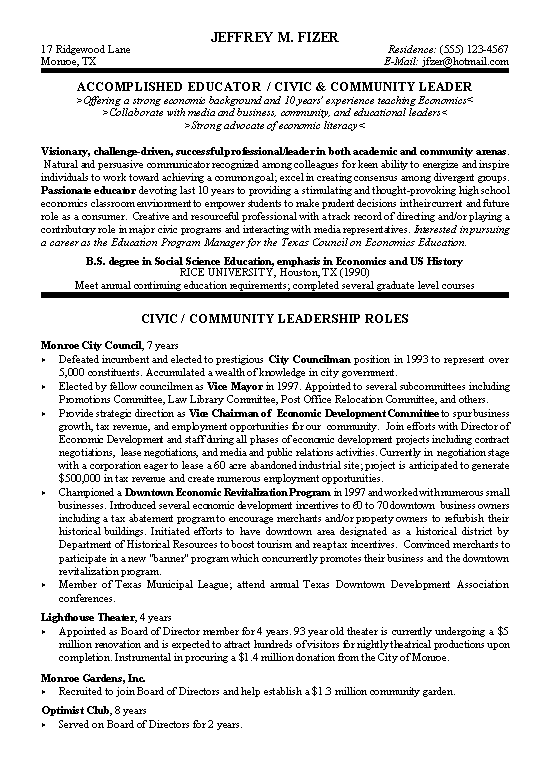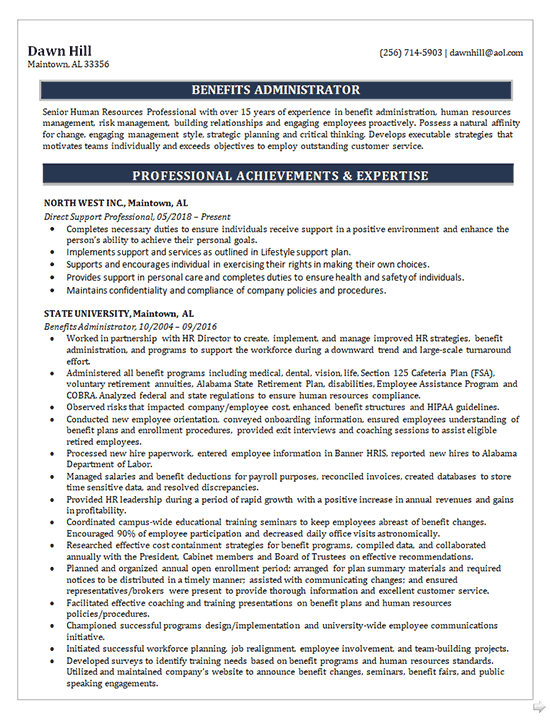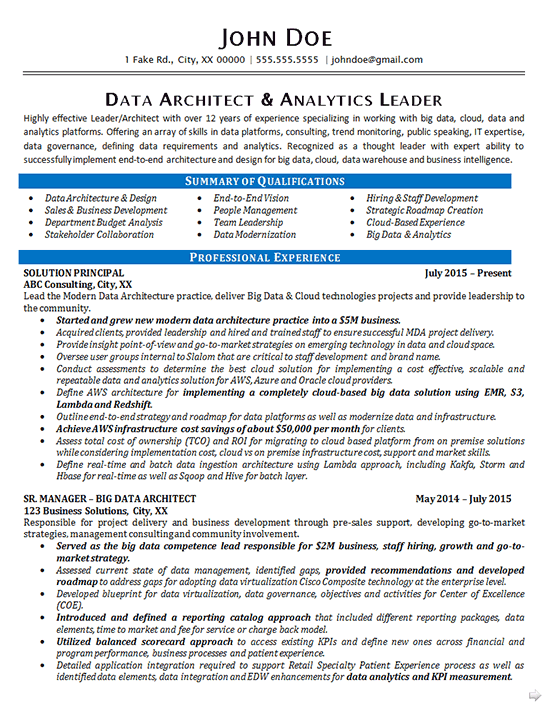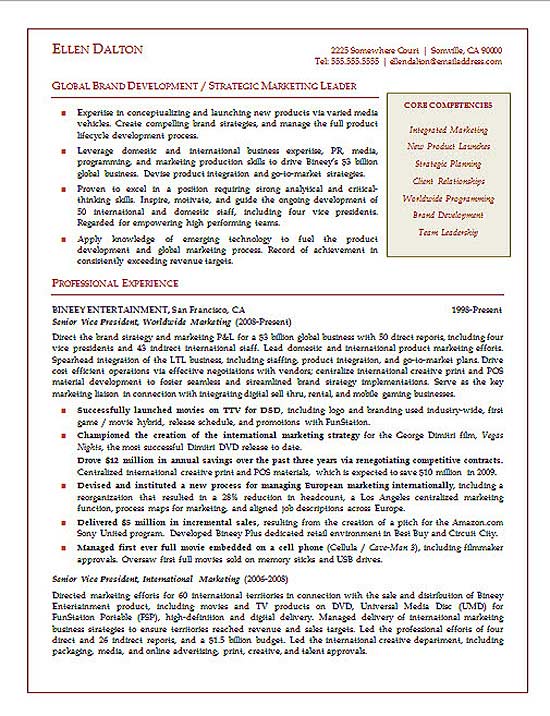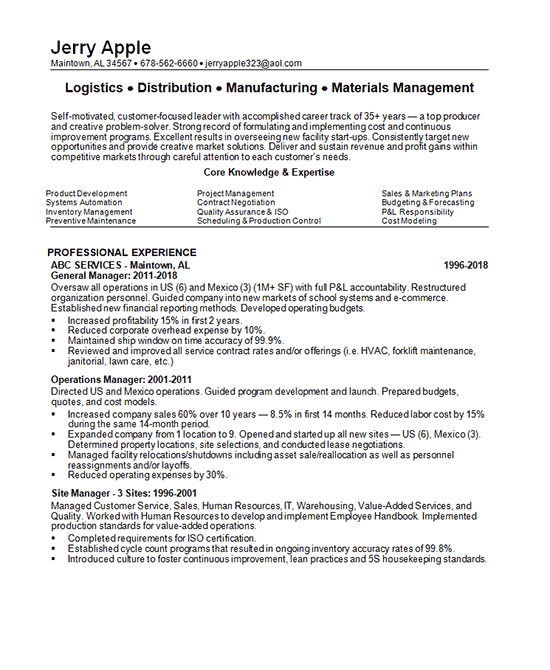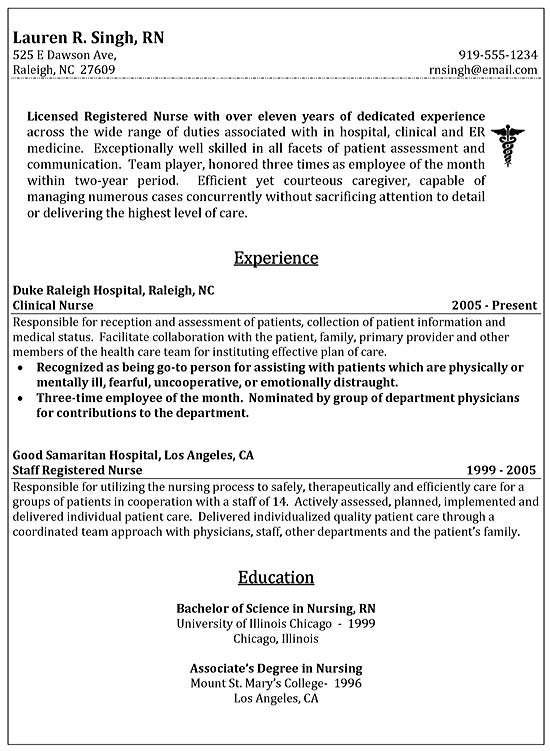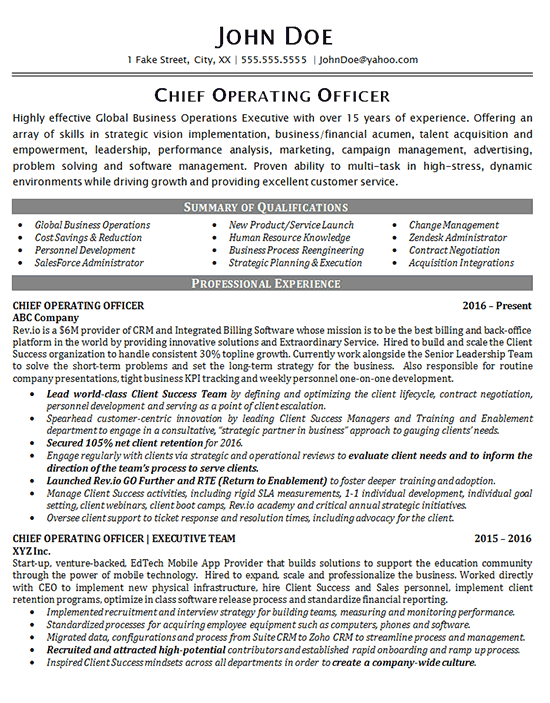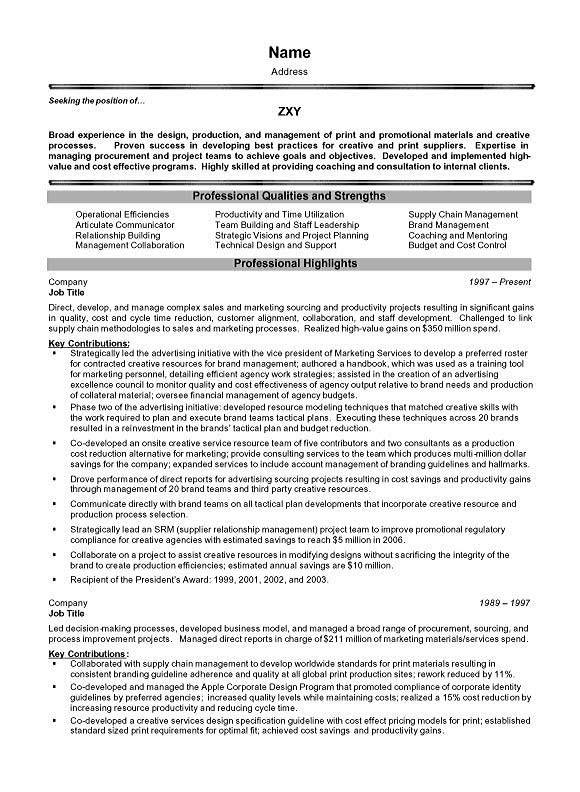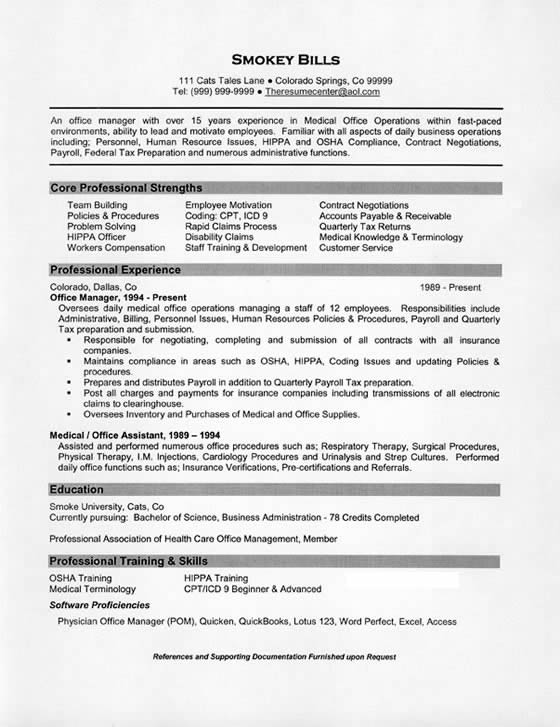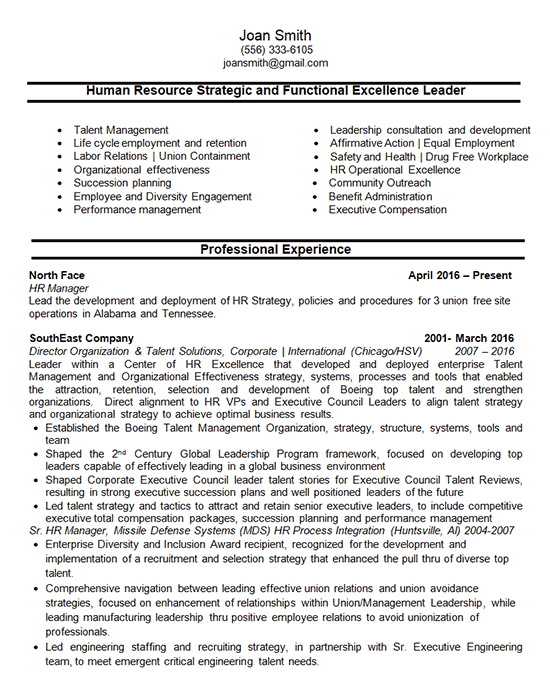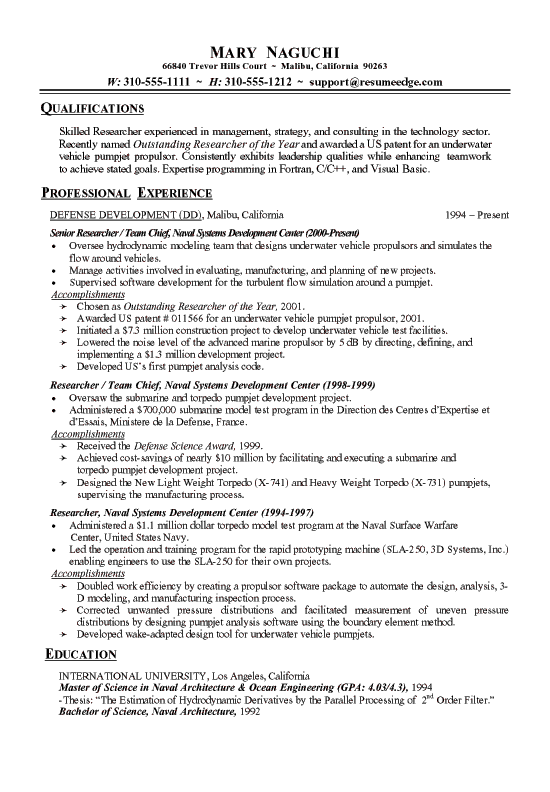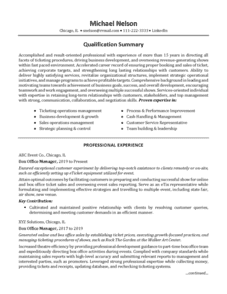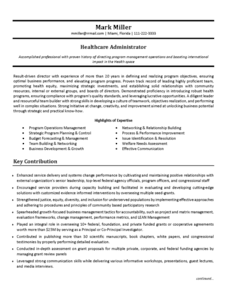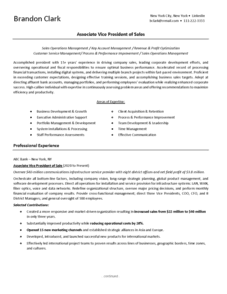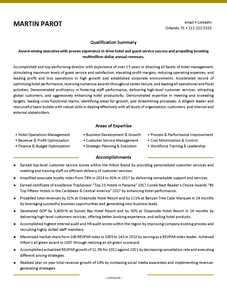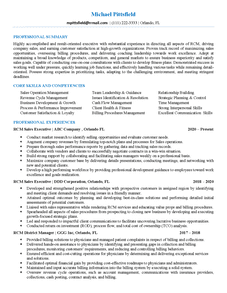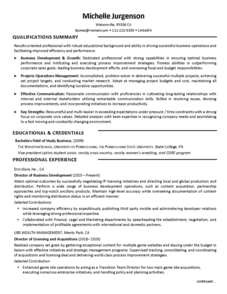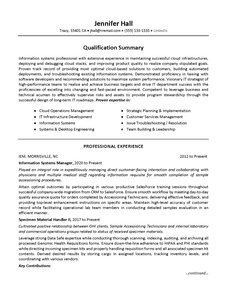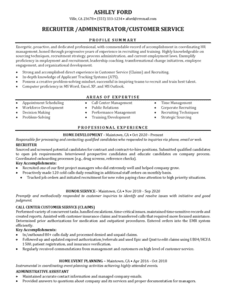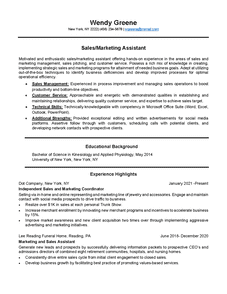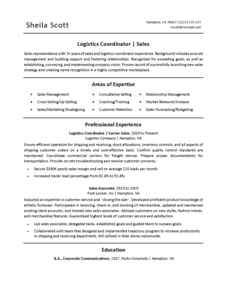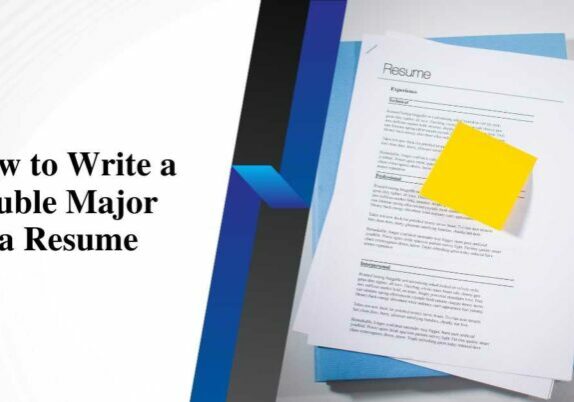The phlebotomist resume example opens with an extensive summary describing Blair’s experience.
The summary is followed by a keyword section titled “Highlights of Expertise”. These terms are used emphasize her medical specialties, including BLS/First Aid Certified, Echocardiograms, and Infection Control.
The next section of the resume features her professional experience, starting with her current position as an Assistant Controller.
Each position is described using a statement outlining her duties and responsibilities followed by bullet points that convey the scope of her achievements and contributions.
There are separate sections listing both her Education and Certifications.
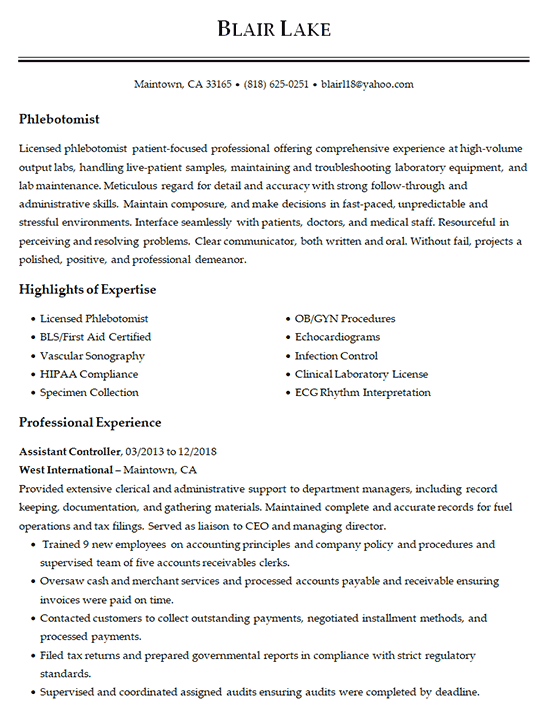
Phlebotomist Resume Example – Page 1
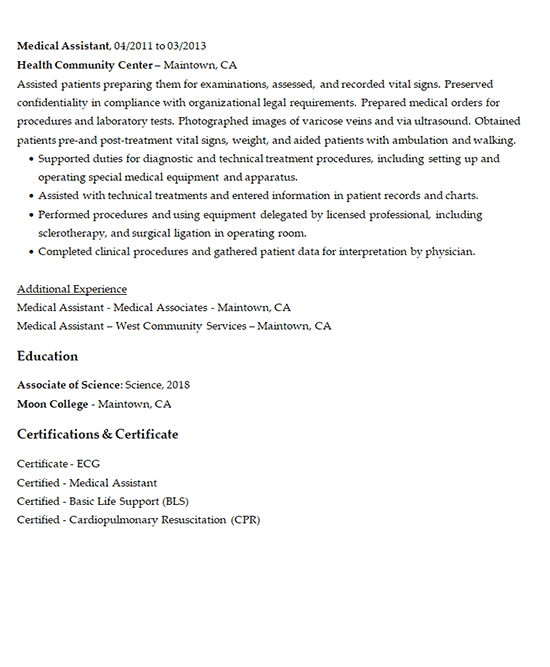
Phlebotomist Resume Example – Page 2
Phlebotomist Summary
- Licensed phlebotomist patient-focused professional offering comprehensive experience at high-volume output labs, handling live-patient samples, maintaining and troubleshooting laboratory equipment, and lab maintenance.
- Meticulous regard for detail and accuracy with strong follow-through and administrative skills.
- Maintain composure, and make decisions in fast-paced, unpredictable and stressful environments.
- Interface seamlessly with patients, doctors, and medical staff.
- Resourceful in perceiving and resolving problems.
- Clear communicator, both written and oral.
- Without fail, projects a polished, positive, and professional demeanor.
Phlebotomist Experience Statements
- Assisted patients preparing them for examinations, assessed, and recorded vital signs.
- Preserved confidentiality in compliance with organizational legal requirements.
- Prepared medical orders for procedures and laboratory tests.
- Photographed images of varicose veins and via ultrasound.
- Obtained patients pre-and post-treatment vital signs, weight, and aided patients with ambulation and walking.
- Supported duties for diagnostic and technical treatment procedures, including setting up and operating special medical equipment and apparatus.
- Completed clinical procedures and gathered patient data for interpretation by physician.
- Performed procedures and using equipment delegated by licensed professional, including sclerotherapy, and surgical ligation in operating room.
- Assisted with technical treatments and entered information in patient records and charts.
Phlebotomist Resume Writing Guide
Are you ready to leap into the world of phlebotomy? With a rapidly growing job market and over 129,600 available positions, there’s never been a better time to become a phlebotomist.
But, before you can land your dream job, you need a standout phlebotomist resume highlighting your skills, experience, and expertise. Crafting a resume that stands out from the competition can be daunting, but with the right tips and tricks, you can create a resume showcasing your strengths and personality.
This article will give you everything you need to know to create a resume that guarantees success. We’ve got you covered, from the top resume sections to key skills and action verbs. So, let’s start creating a resume that will land you your dream job in phlebotomy.
What Does a Phlebotomist Do?
So, what exactly does a phlebotomist do in 2023? With a job market that’s seeing a 22% growth rate and over 129,600 jobs currently available, it’s clear that phlebotomists play a crucial role in healthcare by drawing blood and collecting samples for medical testing and transfusions.
As a phlebotomist, you’ll identify patients, verify their medical records, explain the procedure, and prepare the equipment needed for blood draws or specimen collection. You’ll also need to be skilled in locating veins and performing the procedure with minimal discomfort to the patient.
In addition to the technical skills required for phlebotomy, a phlebotomist’s role includes data entry and record-keeping. After collecting the blood sample or specimen, you must label it accurately and adequately and enter the patient’s information into the healthcare system. You’ll also need to maintain the cleanliness and orderliness of the phlebotomy area, dispose of hazardous materials according to safety protocols, and ensure that the equipment is sterilized correctly and maintained.
Your work experience as a phlebotomist will be critical in crafting a compelling resume. Highlight your proficiency in venipuncture and capillary puncture techniques, your attention to detail in documentation and storage, and your excellent patient care skills. Make sure to quantify your achievements, such as the number of procedures you’ve done and any positive feedback from patients or colleagues.
Your resume should showcase your phlebotomy experience, technical expertise, and ability to work accurately and efficiently in a high-pressure healthcare environment.
What Are Three 3 Attributes a Phlebotomist Should Portray?
You should aim to portray patience, compassion, and accuracy as a phlebotomist. Patients may be anxious or fearful during the blood draw process, so it’s essential to remain calm and patient while performing the procedure.
Compassion is also crucial because patients may be in pain or discomfort or have other health concerns requiring empathy and understanding.
Finally, accuracy is essential to ensure the correct sample is collected and appropriately labeled for testing.
Patience
When highlighting your experience as a phlebotomist, you must showcase your patience when working with patients. For example, you may have encountered a patient who was afraid of needles, and you took the time to calmly explain the procedure and provide reassurance, resulting in a successful blood draw.
Patience is crucial for a phlebotomist, as it can help ease patients’ fears and ensure that procedures are completed accurately for maximum patient satisfaction.
In addition to being patient with patients, it’s crucial to demonstrate attention to detail and adherence to infection control protocols in your resume. These skills are essential for ensuring that procedures are performed safely and accurately.
Whether you’re an entry-level phlebotomist or a certified professional, incorporating these attributes into your resume can help you stand out from other applicants and showcase your commitment to exceptional patient care. Consider using a good resume sample or template to help you highlight these skills and present yourself as a qualified and competent phlebotomist to hiring managers.
Compassion
Demonstrating compassion in patient interactions is a crucial aspect of providing quality healthcare. Incorporating examples of empathy and understanding into your resume can help you stand out as a caring and dedicated healthcare professional.
You’ll have direct patient contact as a phlebotomist, so you must show your soft skills, such as patient care and interpersonal skills. Highlighting your compassion towards patients in your resume objective or summary can help recruiters understand your dedication to providing the best possible care.
In addition to showcasing your compassion in your resume, you can include specific examples of patient interactions that highlight your empathy and understanding. For example, you can mention how you took extra time to comfort a nervous patient or how you effectively communicated with a patient who spoke a different language. These examples can demonstrate your ability to connect with patients and provide a positive experience, which is highly valued in the healthcare industry.
By emphasizing your compassion and empathy, you can make a strong impression on your resume and show your commitment to high-quality patient care.
Accuracy
With your steady hand and precise movements, every blood draw and sample collection is a work of art, ensuring the accuracy and reliability of test results. As a phlebotomist, you understand the importance of accuracy in your work.
Your attention to detail and procedure adherence means you can efficiently perform venipunctures and capillary punctures while ensuring that blood specimens remain uncontaminated. You are an expert in infection control procedures, and you implement these procedures with every sample collection.
Your technical skills are unmatched, and you take pride in maintaining the accuracy and reliability of every sample you collect. You have a keen eye for detail and meticulously document and store every sample you collect.
Your commitment to accuracy is evident in your work, and you have a proven track record of providing error-free results. When it comes to accuracy, you know that every detail counts, and you approach every sample collection with the same level of precision and care.
Which Resume Format Is the Best for a Phlebotomist?
To make your phlebotomist resume stand out, you should consider choosing a resume format that highlights your relevant skills and experience. Two popular formats are the chronological and combination formats.
The chronological format emphasizes your work history, starting with your most recent position and working backward. This format is great if you have a strong work history in phlebotomy and want to showcase your experience.
On the other hand, the combination format allows you to highlight your skills and experience, making it a great option if you’re an entry-level phlebotomist or have gaps in your work history.
Ensuring that the format you choose best represents your qualifications and experience is essential when creating your phlebotomist resume. You can find phlebotomist resume examples and samples online to help you make your own.
It’s essential to include relevant skills such as venipuncture and knowledge of phlebotomy procedures. Also, highlighting your experience with capillary punctures and any certifications you may have as a certified phlebotomist can set you apart from other applicants.
Ultimately, the resume format you choose for your phlebotomist resume should showcase your qualifications and experience best. Whether you choose a chronological or combination format, use a resume template that is easy to read and highlights your skills and experience. By following these tips, you’ll be well on your way to landing your next phlebotomy job.
Do You Need a Phlebotomist Resume Objective?
Having a well-crafted objective statement on your phlebotomist resume can enhance your chances of catching the attention of potential employers. The accurate statement briefly summarizes your professional goals and what you can bring as a phlebotomist.
It should be tailored to the job you’re applying for and showcase your phlebotomy skills, such as experience with venipunctures and capillary punctures. If you’re an entry-level phlebotomist, your resume objective can highlight your education and any certifications you’ve obtained.
On the other hand, if you’re a certified phlebotomist with years of experience, your objective can focus on your achievements and how you’ve contributed to previous employers. No matter your experience level, the objective statement should be concise and impactful.
When crafting your phlebotomist resume objective, it’s essential to consider the overall layout and resume template you’re using. Your objective statement should fit seamlessly into the design of your resume and complement the other sections, such as your experience and relevant skills.
With a well-written objective statement and a polished resume, you can stand out as a qualified and competent phlebotomist in a competitive job market.
A Phlebotomist Job Description for a Resume That Guarantees Success
Crafting a job description that guarantees success on your resume as a phlebotomist requires attention to detail and a focus on showcasing your skills and achievements. First, look at resume examples or a sample to understand what information to include.
Your job description should highlight your proficiency in venipuncture and capillary puncture and your ability to draw blood and perform phlebotomy procedures precisely. When writing your job description, consider using a resume template specific to the phlebotomist job you are applying for, and this will help you organize your information clearly and concisely.
Use action verbs to describe your experience and achievements, and include specific numbers and details to demonstrate your abilities. For entry-level phlebotomist positions, emphasize your education and any relevant certifications to show your commitment to the field.
A well-crafted job description can make all the difference in landing your dream phlebotomist job. You can stand out from the competition by showcasing your skills and achievements in venipuncture, capillary puncture, and phlebotomy procedures. Use a resume template, action verbs, and specific details to make your resume shine and increase your chances of success.
Common Key Skills and Action Verbs for Phlebotomist Resumes
Showcasing your skills and achievements as a phlebotomy professional can be made easier by utilizing common key skills and action verbs in your resume. You should highlight your phlebotomy skills and technical abilities as a certified or entry-level phlebotomist.
Some common key skills to include in your resume are attention to detail, excellent communication, and a solid multitasking ability. Additionally, using action verbs in your experience section to showcase your accomplishments would be best.
When writing your experience section, it’s important to use bullet points to highlight your achievements. Use action verbs such as collected, documented, and processed to describe your phlebotomy skills.
Some technical skills to include in your resume are knowledge of various collection methods and equipment, familiarity with medical terminology, and proficiency in electronic medical record keeping. By highlighting these skills and using descriptive action verbs, you can ensure that your resume stands out in the competitive job market.
Remember, when crafting your resume, it’s important to tailor it to the specific job you’re applying for. Use keywords from the job description and highlight relevant skills and experience such as storing blood samples, obtaining blood samples, mobile phlebotomy, and your experience with phlebotomy equipment.
Pair Your Phlebotomist Resume With a Matching Cover Letter
To truly stand out in the competitive job market, pairing your resume with a well-written cover letter that shows your personality and passion for the field is essential.
Your letter should complement your professional resume and provide additional information about your skills, experience, and career goals. It should not be a resume repetition but a tool to showcase your communication skills and attention to detail.
Use this opportunity to explain why you’re the best candidate for the position and how your skills and experience align with the job requirements. Be concise and avoid clichés or generic statements.
When writing your letter, consider the job description and company culture. Incorporate keywords and phrases from the job posting and demonstrate your knowledge of the company’s values and mission.
A well-crafted letter can make your resume stand out and increase your chances of landing an interview. So don’t overlook this vital step in your job search process.
Conclusion
Now that you’ve got the tips and tricks for crafting a standout phlebotomist resume, it’s time to implement them. Remember to highlight your relevant skills and experience, use action verbs, and tailor your resume to the job description.
A well-crafted resume can help you stand out from the competition and land your dream job as a phlebotomist. As the saying goes, “You never get a second chance to make a first impression.” Your resume is often the first impression a potential employer will have of you, so ensure it’s good.
Use a resume builder to create a resume that showcases your unique personality and cultural fit. With customizable sections and hassle-free templates, you can create a resume that stands out and demonstrates why you’re the perfect candidate for the job.
Good luck in your job search!

